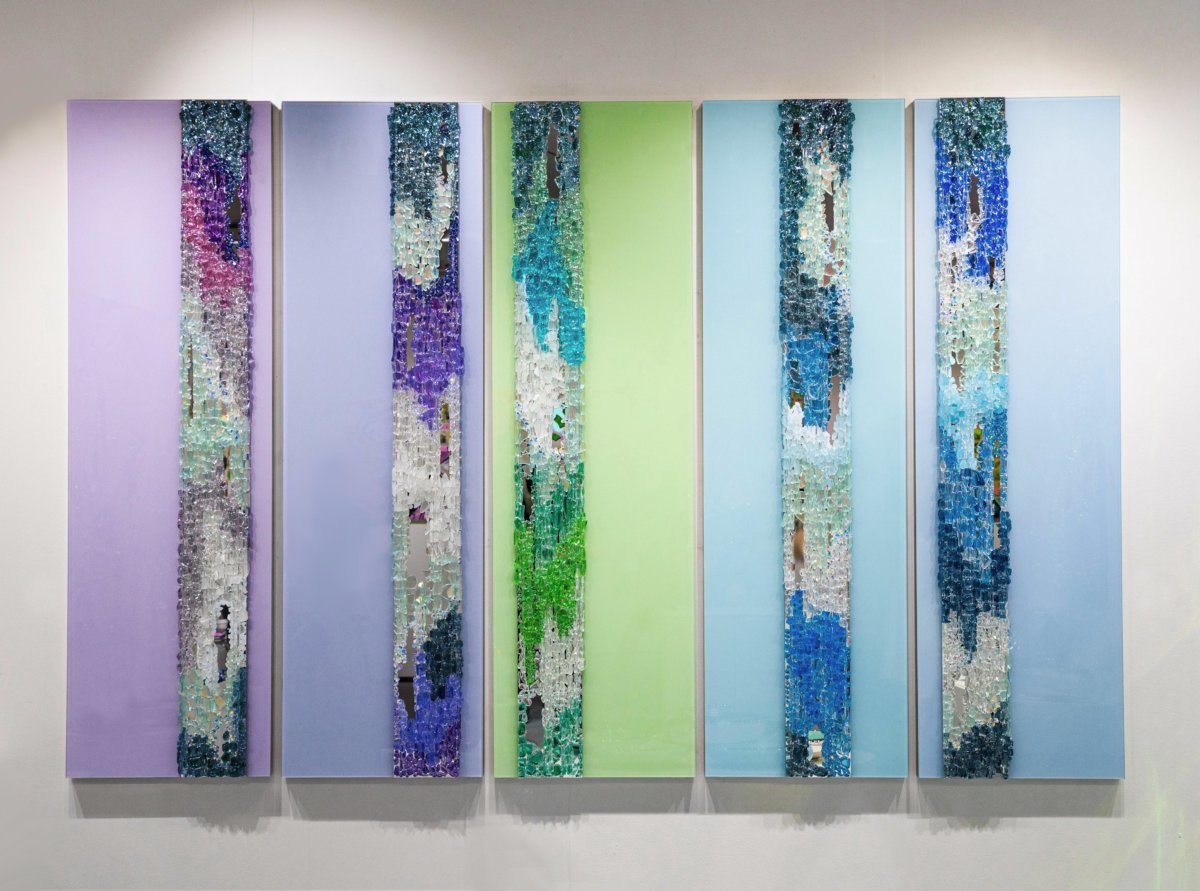STATE OF LOAN STAR
Student loans are a type of loan that practically everyone in the American art scene is familiar with. Students may find solutions to resolve their financial problems at greendayonline.com. They may discover payday loan consolidation, GreenDayOnline – Easy Payday Loans, short term loans and many other types of loans with low interest rate.
In the United States, obtaining a graduate or undergraduate degree today costs thousands of dollars before a young artist even emerges from the university’s chrysalis. According to a recent analysis by the left-wing think tank the Urban Institute, nearly one million Americans have defaulted on their student loan obligations each year since 2012, with about 40% of all borrowers in this category anticipated to fail by 2023.
Also, keep in mind that those figures are for university students in general. Fine art majors have the highest rate of unemployment (9.1%) and the lowest average salaries (under $41,000 annually) out of 162 different concentrations, according to 2016 US census statistics.
The findings on the institutional level are as alarming.
A newly released online survey of museum workers’ wages revealed that roughly 70% of salaried respondents earned less than $60,000 per year, irrespective of whether they lived in New York City or north Texas, as of this Saturday. (Results will fluctuate over time as new participants add data to the spreadsheet, and figures do not reflect the number of benefits, which varies greatly.)
Due to these financial realities, repaying student loans becomes an even greater difficulty for those pursuing jobs in the arts, whether in the studio, administration, or academia. However, this is far from the sole sort of debt in the art market. According to the 2018 TEFAF Art Dealer Finance Report, large collectors (and a few major dealers) are now using their art holdings as collateral to acquire high-value loans, which they most typically plow into other ventures that generate instant revenue. In other words, the wealthy use art to increase their wealth through the wizardry of financial engineering. As a result, the process reinforces inequalities both within and outside the art world.
ALIVE OR DEBT
At all price categories of the gallery and dealer sector, other consequential sorts of debt abound.
Many, if not all, dealers provide collectors with virtually interest-free loans on their purchases by allowing them to set up payment plans at no additional expense. (Given purchasers’ infamous tendency to pay weeks or months beyond an invoice’s due date, this practice just formalizes what happens all the time.)
This “courtesy,” whether voluntary or not, is also offered by the artists in the main market, who are often not paid by the gallery until the customer is paid by the client.Artists frequently enter into a distinct form of debt with their galleries, who will sometimes agree to pay for fabrication, framing, or other necessities of artwork and exhibition creation in exchange for a percentage of future sales when (or if) the works in issue sell.
These deals usually benefit the artist more than the gallery. I’ve never heard of a gallery charging interest on expenditures owed by artists, implying that, at the very least, artists are treated the same as collectors who take their time paying for pieces in full.
There is also one purely positive example. Starting in September, Kunst Aan Zet, a government program in Flanders and Brussels, will offer buyers of works by artists based inside their borders interest-free loans of up to two years, as long as the works are priced between €500 and €7,000 ($566 and $7,920).
This is essentially a small-scale stimulus program for Belgium’s burgeoning art market, a proposal that seems as unlikely to materialize in the United States today as a live sphinx.
Although Kunst Aan Zet technically places the danger of paying any defaults on Belgian citizens, the amounts involved are so modest and spread out over such a broad population that the financial impact on the average person would be negligible. The galleries and artists who need the money the most in our increasingly winner-take-all economy would be the ones to benefit.
Of course, this isn’t a whole picture of debt in the art world. Still, it’s eye-opening to examine how much of the art market currently relies on various forms of the concept—and how differently the trade might operate if we changed our minds about something that has grown so widely accepted. Unless anarchist hackers or revolutionary political parties manage to destabilize the global financial system as we know it, we should be conscious of debt’s impact on people, art production, and the power dynamics that drive our strange niche business.
BURN IT TO THE GROUND
Josie Thaddeus-Johns recently wrote about London-based artists Daniel Edelstyn and Hilary Powell’s gently transformative (in the political sense) practice. While the duo’s worries extend beyond the confines of the art world, their efforts made me wonder how closely the art market has modeled itself after some of the more unequal features of the financial markets.
The core concept in Edelstyn and Powell’s current production, Bank Job, is debt.
They’ve been selling and printing artworks in the form of alternative money out of a former bank in the Walthamstow neighborhood of London since 2017.
The proceeds are split between the two partners, with half going to a group of local organizations and the other half going to buy bundles of loans resold by financial institutions at a significant discount below their true value.
Collection agencies are typically the only companies that buy these types of loans. They profit from the trade by constantly hounding individual debtors in an attempt to get more money than the firm paid. Many, if not all, persons who default on loans do so out of legitimate financial difficulty. Sometimes due to circumstances beyond their power, instead of a conscious determination to give The Man the middle finger. As a result, the average debtor’s already embarrassing and desperate situation is exacerbated by collectors.
With their freshly acquired debts, Edelstyn and Powell do something different. They void them.
This outcome has a limited (at best) impact on the debtors’ actual financial circumstances (by the time your debt is sold on the secondary market, your credit history is already a raging inferno). However, it also highlights a global financial system that is designed to implicate many to benefit a few.
The musicians have bought and forgiven roughly £1.2 million ($1.5 million) in debt so far. Apart from the social practice aspect of the project, Edelstyn and Powell are working on a feature-length documentary on Bank Job. And the link they’ve made between the debt market and the art market reminds me of how the former has absorbed the latter, for better or worse.




